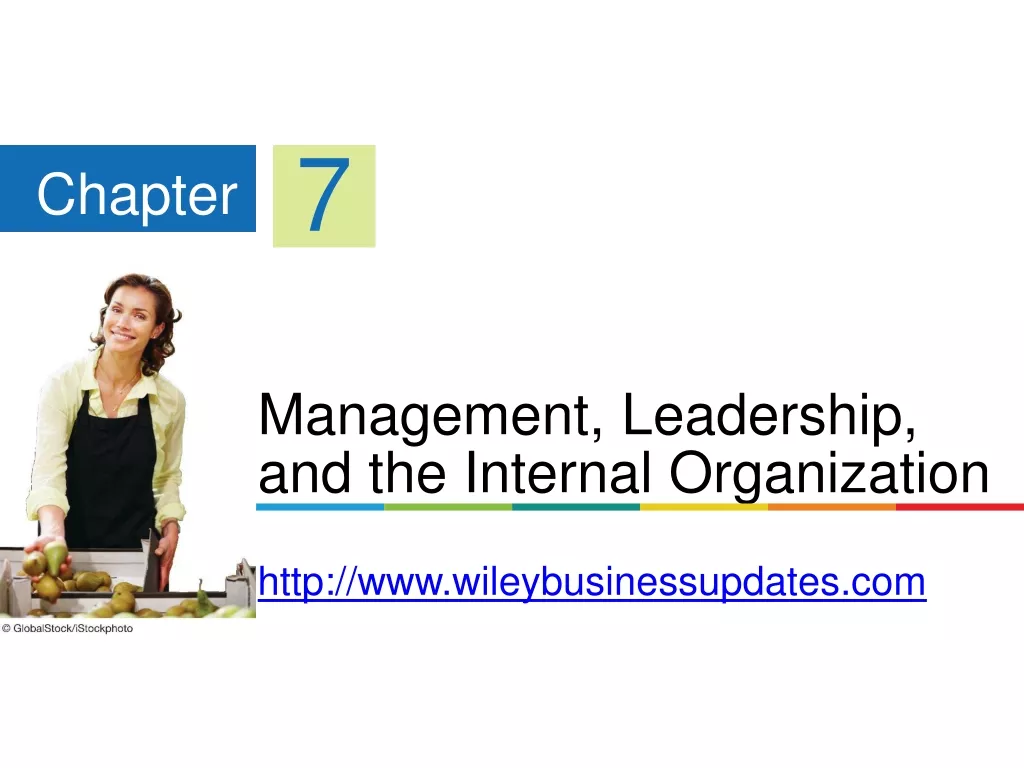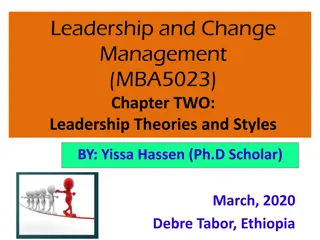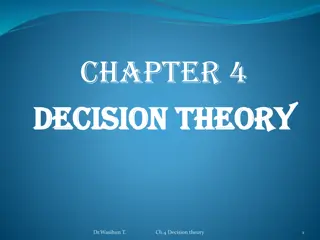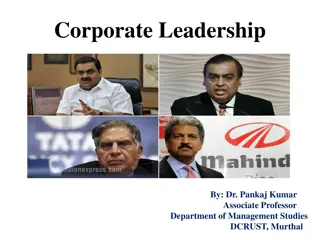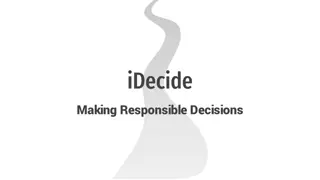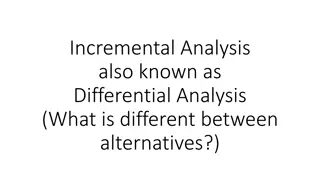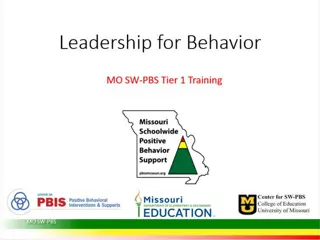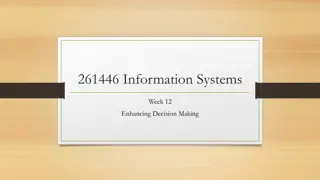Strategic Leadership Decisions and Vision for Effective Decision-Making
Dive into the phases of strategic leadership decision-making, common sources of errors, and the importance of visioning in aligning priorities and solving the right problems. Explore the correlation among variables, stakeholder identification, and strategies for innovation and organizational control in complex scenarios.
Download Presentation

Please find below an Image/Link to download the presentation.
The content on the website is provided AS IS for your information and personal use only. It may not be sold, licensed, or shared on other websites without obtaining consent from the author.If you encounter any issues during the download, it is possible that the publisher has removed the file from their server.
You are allowed to download the files provided on this website for personal or commercial use, subject to the condition that they are used lawfully. All files are the property of their respective owners.
The content on the website is provided AS IS for your information and personal use only. It may not be sold, licensed, or shared on other websites without obtaining consent from the author.
E N D
Presentation Transcript
Strategic Leadership Decision Phases and Common Sources of Decision Error What needs to get done? Know forces at play? How to get it done? Action or patience? VISIONING ERRORS CORRELATION ERRORS INNOVATION ERRORS ACTION ERRORS Type III Type I and Type II Type IV Type V and Type VI Goals and issues Variables and correlations Generate and choose Go, resist, wait Pursuing wrong goal Solving wrong problem Not including right variables Misunderstand variables Believing correlated when is not Believing not correlated when is Confusing causal with correlated No variety of reasonable plans Choosing plan unlikely to succeed Acting when should not act Not acting when should act Error of the Seventh Kind Irreversible cascade iatrogenesis Iatrogenic BOOM! Iatrogenic BOOM!
VISION: WHAT ARE THE HIGHEST PRIORITY ISSUES? WHAT NEEDS TO BE DONE? Are the issues for Moses (the leader) the same as the issues for the Israelites? What Are the issues for Moses (the leader) the same as the issues for the Israelites? What is the vision? What is the main problem to work on? What would be an example of is the vision? What is the main problem to work on? What would be an example of working on the wrong problem? working on the wrong problem?
CORRELATION AMONG THE VARIABLES AT PLAY Who are the main stakeholders? Who are the main stakeholders? Identify what they want. Then examine what they have, Then examine what they will have in the various possible counter-factual situations. What are some other main variables that matter? What are some other main variables that matter? Think of a few variables that it would be easy to ignore, because the odds are low
IDEAS, INNOVATION, STRATEGY Organizing and Keeping control (disorganization/chaos is a critical risk) Organizing and Keeping control (disorganization/chaos is a critical risk) What can Moses do to keep the tribes together and under coordinated control of his administration? Do any of the strategic actions provided in the case seem to be conducive to this? Possible feasible courses of action Possible feasible courses of action What are some potential strategies? What is the most feasible? What get s them closest to the main goal? What has the least reversibility (if it doesn t work)? What is most against their values?
ACTION AND TIMING Should they act? Should they be patient? Should they not act? Last chance to think Should they act? Should they be patient? Should they not act? Last chance to think about some black swans and other unexpected unintended consequences. about some black swans and other unexpected unintended consequences.
LEVELS OF LEADERSHIP What is your advice for Moses regarding what level one, level two and level three What is your advice for Moses regarding what level one, level two and level three leadership things/techniques he should use to get the organization unified and leadership things/techniques he should use to get the organization unified and motivated? motivated?
THE CASE OF FRACTURED FOLLOWERS Assume there are fractured subgroups of tribes, represented by the tribal elders. Imagine the distinct possibility of varying loyalites of the tribes to either liberal values/behaviors vs. conservative values/behaviors, or somewhere in the middle. For example, Perhaps some tribes are very nationalistic and believe that the ethic and weight of any action is subordinate to the immediate good of the Israelite nation. Perhaps some are adamant about keeping the Israelite nation bound to it s basic tribal ways of life. Perhaps others weight peace and non-violence more heavily. Another tribe might insist that there is a strong distinction between Egypt s military and governance personnel, who are the enemy, and the civilians.
ASSUME MOSES PLANS A BIG MEETING AND GIVING A MAJOR SPEECH. WHAT SHOULD MOSES SAY? Write a very short (3 minutes or so) speech for Moses to give when he comes back from contemplating what to do. Say to whom the speech should be given, and the goal of the speech. Be prepared to give the speech in front of the class (telling them to make believe they are the targeted constituency Use as many of the techniques we ve learned the last few weeks as possible in your speech. In parentheses in the speech, note the technique you are using.


